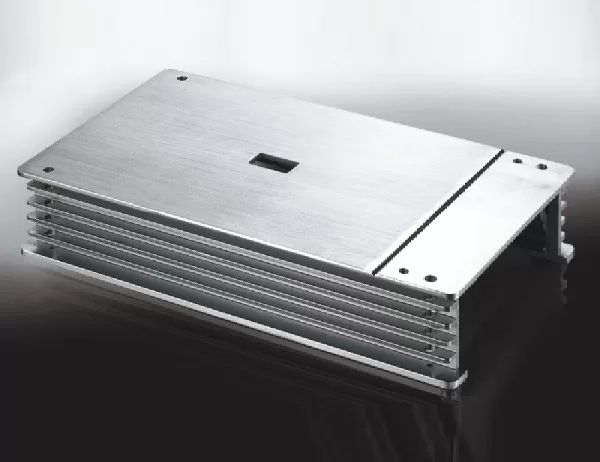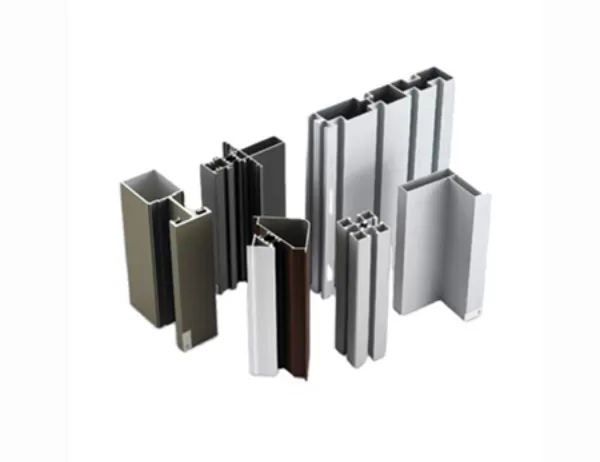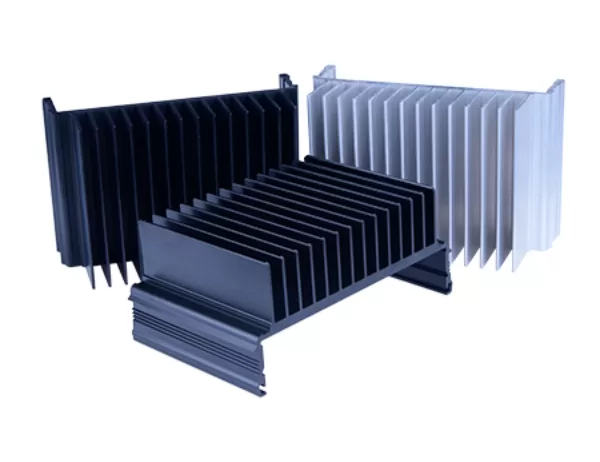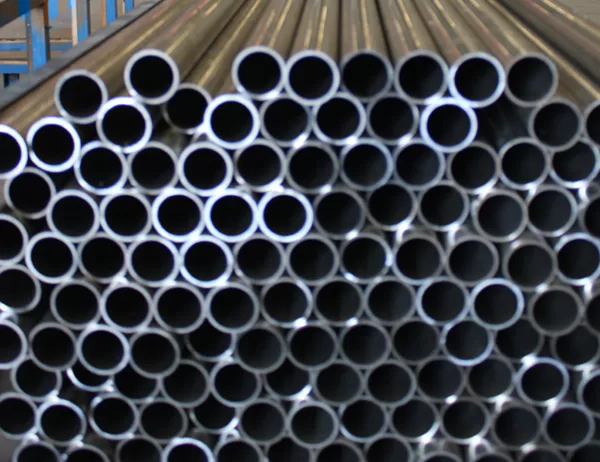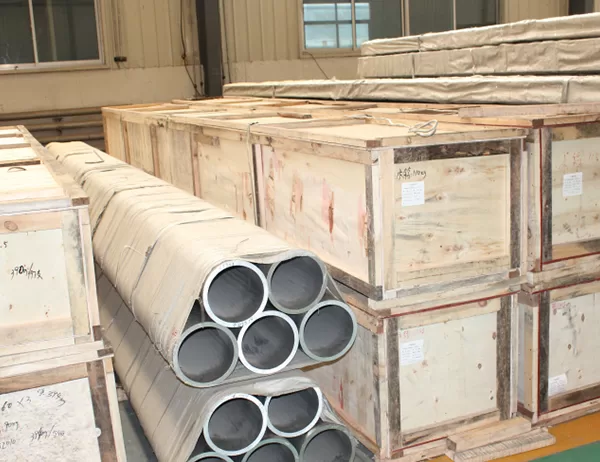In the realm of thermal management, aluminum heat sinks play a crucial role in dissipating heat from electronic devices to ensure efficient operation and prevent overheating. Optimizing the design of aluminum heat sinks is paramount for achieving maximum performance and reliability. This article will delve into the key design considerations that influence the effectiveness of aluminum heat sinks.
Surface Area and Geometry
The surface area of a heat sink directly affects its heat dissipation capability. A heat sink with a larger surface area provides more space for heat transfer. The geometry of the heat sink, such as the shape, fin orientation, and fin spacing, also influences its efficiency. Heat sinks with optimized fin geometries promote airflow and maximize heat transfer.
Thermal Conductivity
The thermal conductivity of the material used in a heat sink is another critical factor. Aluminum is a widely used material for heat sinks due to its high thermal conductivity. Heat sinks made from high-purity aluminum with minimal impurities provide the best heat transfer performance.
Airflow Resistance
The resistance to airflow through a heat sink can significantly impact its performance. Heat sinks with low airflow resistance allow more air to pass through, increasing the rate of heat dissipation. The spacing between fins and the design of the heat sink base affect the airflow resistance.
Heat Pipe Integration
In high-power applications, heat pipes can be integrated into heat sinks to enhance heat transfer. Heat pipes accelerate heat dissipation by transferring heat away from the source and releasing it in a condenser. Careful selection and positioning of heat pipes can significantly improve the overall cooling performance.
Mounting Considerations
The mounting method of a heat sink plays a vital role in ensuring optimal contact between the heat source and the heat sink. Proper mounting techniques, such as using thermal paste or pads, minimize thermal resistance and improve heat transfer.
Environmental Factors
The operating environment can affect the performance of a heat sink. Considerations such as ambient temperature, humidity, and airflow conditions should be taken into account when designing a heat sink. Heat sinks specifically designed for the expected operating environment will deliver the best performance.
Conclusion
Optimizing the design of aluminum heat sinks requires careful consideration of multiple factors, including surface area, geometry, thermal conductivity, airflow resistance, heat pipe integration, mounting considerations, and environmental factors. By understanding and optimizing these design aspects, engineers can achieve the highest performance and reliability from their aluminum heat sinks, ensuring the efficient cooling of electronic devices.
